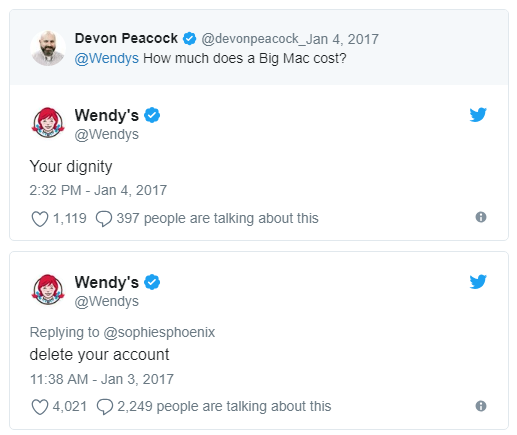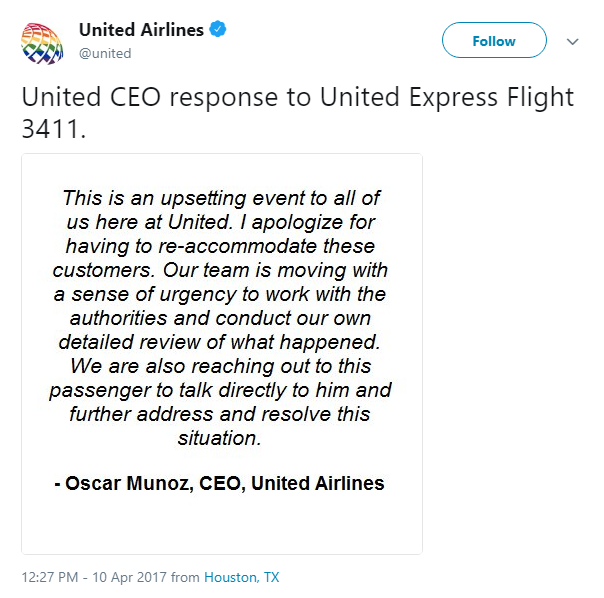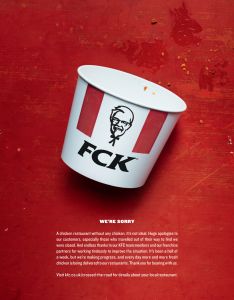6.7.18
Last week, actress Roseanne Barr of Roseanne tweeted a racist comment directed at Valerie Jarrett, an Obama White House advisor. Twitter users, including actors on the show and other celebrities, wasted no time in condemning her tweet and calling on ABC to cancel the show. ABC’s entertainment president, Channing Dungey, called Barr’s tweet “abhorrent, repugnant, and inconsistent with our values.” Robert Iger, the chief executive of the Walt Disney Company, ABC’s corporate parent, revealed that Disney and ABC were cancelling the show. While Barr initially defended her tweet and tried to clarify her statement, she eventually tweeted an apology. However, her subsequent actions were a textbook example of how not to put out a Twitter fire. After seeming to make excuses for her conduct, as well as continuing to tweet after saying she would suspend her Twitter account, she faced even more heat.
Barr’s is a cautionary tale to all social media users. And, while it may be tempting for companies and brands to dismiss Barr’s case as one person’s racist outburst, they too can fall victim to insensitive, offensive, or clumsy Twitter activity. Companies should also keep in mind that on-the-ground crises have the potential to escalate into Twitter disasters when users share videos, screenshots, and personal accounts of company missteps. In today’s social media-ruled world, backlash against company blunders can be swift and violent. Consider, for example, the many #Boycott and #Delete movements against brands and companies, like Starbucks, United Airlines, and Uber, in the past year.
While the current social media environment can be challenging to navigate, companies, brands, and individuals can take actions to keep social media stumbles from escalating into full-blown crises. Tweet smarter by following the dos and don’ts below.
DO have a response plan
Companies and brands should have a protocol in place to address social media mistakes quickly and effectively. A plan removes confusion about what to do when an ill-conceived tweet sparks outrage, and also prevents rash decisions in the heat of the moment.
Designate a crisis response team in your company that will be responsible for determining whether, when, and how to respond – or stay silent – if a situations arises.Social media management tools can help monitor tweets about a situation so that you can gauge escalation and determine effectiveness of your crisis response.
DO delete the Tweet – but DON’T think that’s the end of the story
If a tweet is inconsistent with your company values, it shouldn’t be on your Twitter page. A good first step is to delete the offending post. After being called out for her racist comment about Jarrett, Barr deleted her tweets. By removing the tweets, Barr prevented further retweets and the proliferation of a comment she recanted.
Acknowledge deleting tweets in apologies, so that you don’t give the impression that you are sweeping mistakes under the rug. This is especially important since, even though tweets can be deleted, people still may have screenshots of the offending tweets. For example, after Barr deleted the initial tweet directed at Jarrett, news outlets continued to circulate screenshots of it.
DON’T fan the flames
By continuing to explain her actions with disjointed statements, Barr ended up giving users more ammo to use in critiquing her and making her apology look insincere.
Avoid getting into Twitter arguments with users commenting on your wall or post. Going back and forth with another user looks petty and defensive. For example, after fast food chain Wendy’s tweeted and deleted an anti-Semitic meme, it went too far on the defensive, responding to user comments it would have been wiser to ignore.

DO apologize substantively and sincerely
Getting the apology right is the most important part of recovering from a social media misstep. The way companies and brands apologize can determine whether or not a stumble becomes a PR crisis.
Apologize to the specific parties you may have hurt, as well as for the broader values or communities you might have offended. It’s important to take ownership of your actions immediately – no ifs, ands, buts, or lame excuses if you want to avoid fanning the flames. United Airlines was panned for a tactless Twitter apology after a video went viral on Twitter of a flier being forcibly removed from a flight because of “overbooking.” The statement from CEO Oscar Munoz posted to United’s feed added to the turbulence by using industry-speak to call the incident a “re-accommodation” and insensitively failing to acknowledge the flier who had been dragged off the flight.

Pledge to do better and take concrete action in your apology and be sure to update your Twitter followers on the steps being taken to improve. After a video of the arrest of two black men in one of their stores was posted to Twitter and made the rounds across other social media channels and news outlets, Starbucks issued a series of apologies, statements, and policy updates, as well as the announcement to close more than 8,000 stores for racial-bias training. The company made sure to share these communications on its Twitter feed to keep customers across all channels informed of its efforts to do better.
DO proceed with caution
In the aftermath of your stumble, think carefully about the tone of your Twitter communications. Even if your company’s Twitter identity is normally fun and lighthearted, consider whether or not your audience is ready to see those types of posts. Review previously scheduled tweets to ensure that a pre-planned #NationalCookieDay or #TBT post does not come off as insensitive or tone-deaf.
When KFC’s UK locations were forced to close due to chicken shortages, disappointed customers ruffled the fast food chain’s feathers with a slew of angry and incredulous tweets. KFC, which is known for its witty Twitter presence, adjusted posts from its UK Twitter account to keep customers updated on progress to resolve the shortage, while still doing so in a tone that reflected the Twitter identity it had cultivated. Once stores were stocked with chicken again, KFC UK posted a clever apology and resumed tweeting as usual.

By integrating these tips into a Twitter strategy, companies, brands, and individuals can ensure that a social media faux pas doesn’t cause lasting damage and can get on the right course towards restoring their reputations.